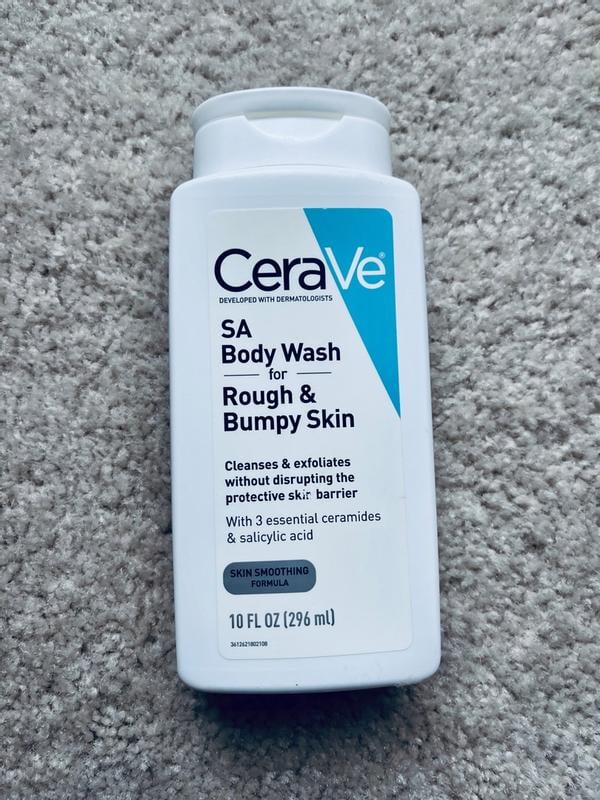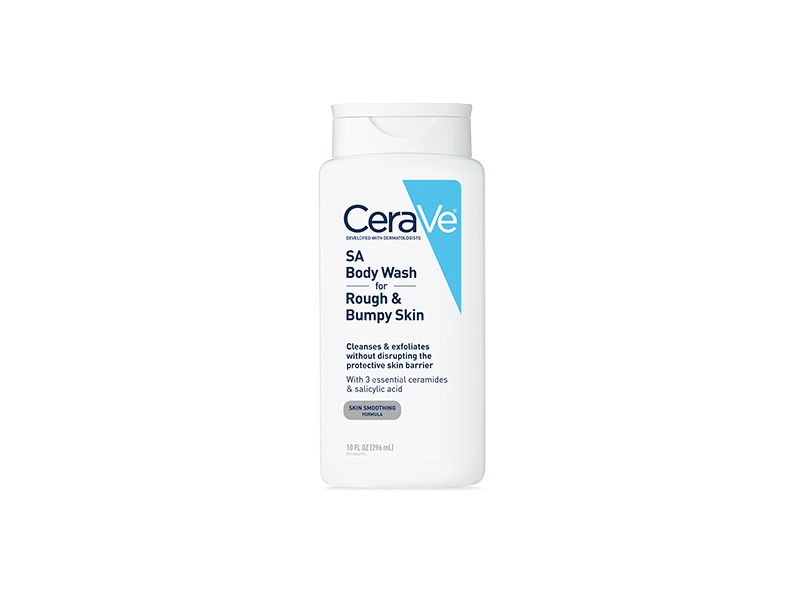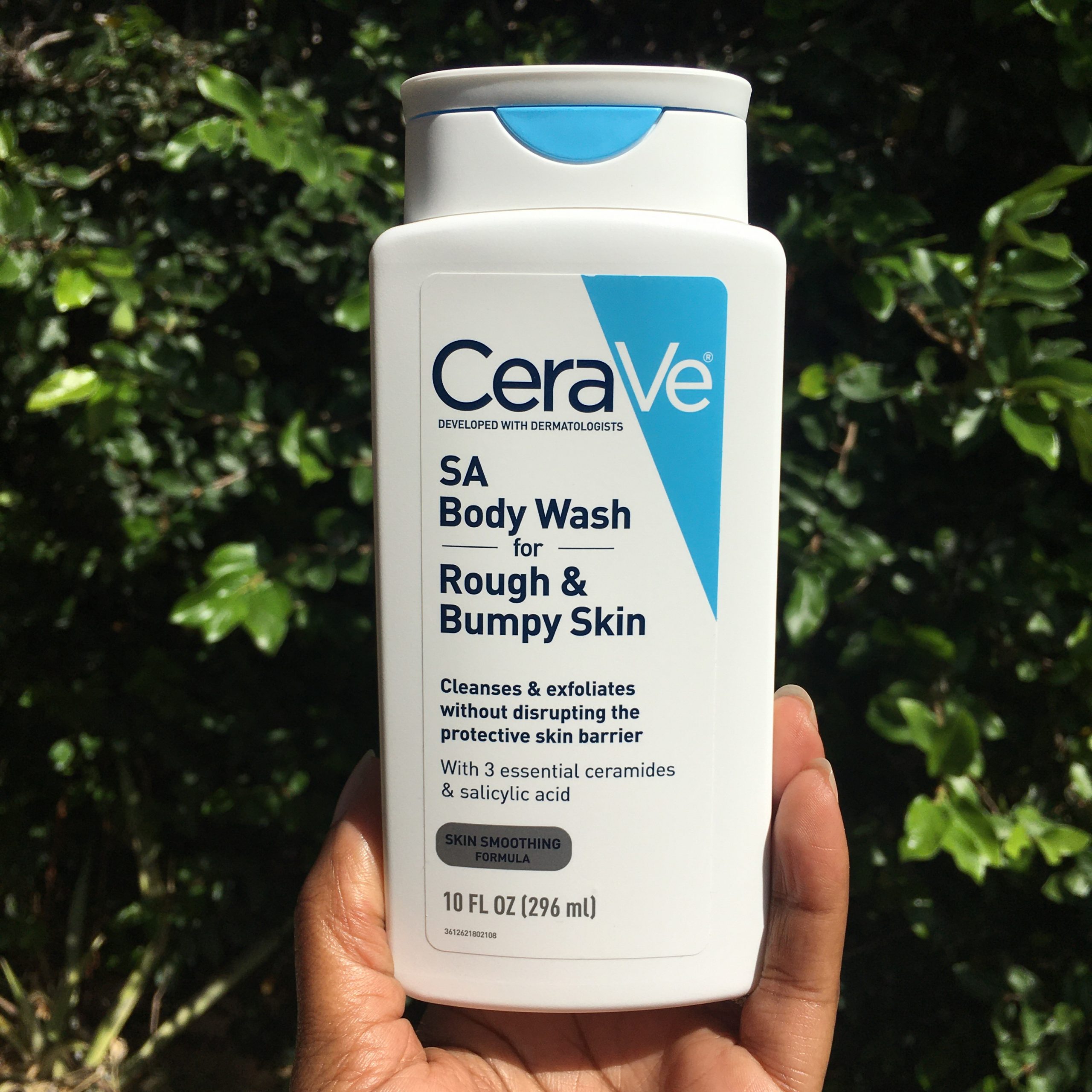Kettlebell Workout – If you’re looking for a versatile, space-saving, and highly effective way to train, it’s hard to beat the kettlebell workout.
Whether you’re a beginner aiming to build a fitness foundation or an advanced athlete seeking a challenge, kettlebells offer a unique blend of cardio, strength, and functional movement in one.
In this guide, we’ll explore everything you need to know about kettlebell training—from its benefits and key movements to sample workouts and tips for getting started.
What Is a Kettlebell Workout?
A kettlebell workout is a training session that incorporates kettlebells—cannonball-shaped weights with a handle—into strength, cardio, and mobility movements. Unlike dumbbells, kettlebells shift the center of gravity away from your hand, challenging your stabilizer muscles and improving movement control.
Kettlebell workouts can include:
- Swings
- Snatches
- Cleans
- Turkish get-ups
- Squats
- Presses
This makes them perfect for full-body workouts, HIIT circuits, or strength and endurance training.
Top Benefits of Kettlebell Workouts
1. Full-Body Engagement
Kettlebell exercises typically work multiple muscle groups at once, improving coordination and overall strength.
2. Builds Strength & Power
Movements like kettlebell swings and snatches build explosive strength in your hips, glutes, core, and shoulders.
3. Torch Calories & Burn Fat
Because kettlebell workouts are high-intensity and dynamic, they burn serious calories in a short time, ideal for fat loss.
4. Enhances Grip Strength
The unique shape and handle challenge your grip in ways traditional weights can’t.
5. Improves Functional Fitness
Kettlebell movements mimic real-world actions, making you more agile, mobile, and injury-resistant.
Muscles Worked in a Kettlebell Workout
Exercise Primary Muscles Worked
Kettlebell Swing: Glutes, hamstrings, core, shoulders
Goblet Squat Quads, glutes, core
Turkish Get-Up Full body (especially core & shoulders)
Kettlebell Snatch: Shoulders, back, legs, core
Kettlebell Clean & Press Shoulders, triceps, legs, glutes
Best Kettlebell Exercises for Beginners
- Kettlebell Swing
A foundational move that targets the hips and posterior chain.
How to:
Start with feet shoulder-width apart, holding the bell with both hands.
Hinge at your hips and swing the kettlebell between your legs.
Thrust your hips forward to swing it to chest height.
- Goblet Squat
Perfect for learning proper squat form while working the legs and core.
How to:
Hold a kettlebell close to your chest.
Squat down, keeping your chest up and knees out.
Drive through your heels to stand up.
- Turkish Get-Up
A slower, technical movement that challenges mobility, coordination, and core stability.
- Kettlebell Clean
Transitions the bell from the swing to the rack position (in front of the shoulder).
- Kettlebell Press
Builds upper body strength and shoulder stability.
Sample Full-Body Kettlebell Workout
Here’s a simple 30-minute beginner-friendly full-body routine:
Warm-Up (5 Minutes)
Arm circles
Hip openers
Bodyweight squats
Light kettlebell swings
Main Workout (Repeat 3 Rounds)
Kettlebell Swings—15 – 15 reps
Goblet Squats—12 reps
Kettlebell Clean & Press (each arm) – 10 reps
Kettlebell Rows (each arm) – 12 reps
Russian Twists reps total
Rest—60–90 seconds
Cool Down (5 Minutes)
Hamstring stretch
Hip flexor stretch
Shoulder mobility drills
Tip: Start with a moderate weight (8–12kg for women, 12–20kg for men) and focus on form over speed.
Advanced Kettlebell Training: Take It to the Next Level
For experienced lifters or athletes, kettlebells offer near-endless possibilities. Try incorporating:
Kettlebell Complexes
Perform several movements back-to-back without putting the bell down. Great for endurance and conditioning.
Example:
5 Swings
5 Cleans
5 Presses
5 Squats
5 Snatches
Repeat 3 rounds without resting between exercises.
Kettlebell Snatch Test
Popular in kettlebell sport: do as many snatches as possible in 5 minutes with one arm, then switch.
Kettlebell Training for Fat Loss
If your goal is weight loss or fat burning, kettlebell workouts are incredibly efficient. Thanks to their high metabolic demand, you can burn up to 400–600 calories in just 30 minutes, depending on intensity.
Focus on:
High reps
Minimal rest between sets
Full-body circuits
Incorporating cardio elements like swings and snatches
Safety Tips for Kettlebell Training
Master the Basics First: Don’t rush into complex moves like snatches or get-ups until you’re confident with swings and squats.
Use Proper Footwear: Flat shoes or barefoot is best for stability.
Engage Your Core: Especially during dynamic movements to protect your spine.
Warm Up Thoroughly: To prep the hips, shoulders, and back.
Avoid Rounding Your Back: Maintain a neutral spine, especially in swings and deadlifts.
How to Choose the Right Kettlebell Weight
- Fitness Level Recommended Starting Weight
- Beginner Women 8–12 kg (18–26 lbs)
- Beginner Men 12–20 kg (26–44 lbs)
- Advanced Women 16–24 kg (35–53 lbs)
- Advanced Men 20–32+ kg (44–70 lbs)
Start light, focus on technique, and gradually progress to heavier weights as you gain strength and control.
Final Thoughts: Is a Kettlebell Workout Right for You?
If you’re looking to train smarter, not just harder, kettlebell workouts deliver serious results in a short amount of time. They’re functional, time-efficient, and can be done virtually anywhere.
Whether your goal is to build strength, lose fat, or move better, kettlebells offer a balanced, full-body approach to fitness that goes beyond machines or isolation exercises.
So grab a kettlebell, start swinging, and feel the difference it can make in your body and performance.









